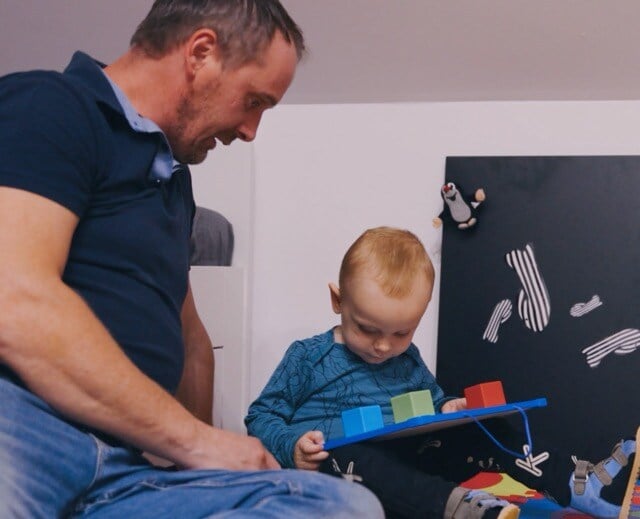
When Kristián was just three months old, his parents, Zuzana and her husband, noticed something unusual. Their baby boy wasn’t reacting to light, toys, or even their faces. Instead, his eyes moved in unusual patterns, seemingly disconnected from the world around him. Doctors later confirmed their fears—Kristián was born with optic nerve and chiasm hypoplasia, a rare condition that significantly impacts vision.
It was a difficult time for the family. The uncertainty about what the future held for their son weighed heavily on their hearts. But Zuzana was determined to find a way to support him. That determination led them to the Fedorov Restore Vision Clinic in Berlin, where they found a therapy designed to give children like Kristián a chance to better connect with the world.
A Therapy That Brings Hope The Fedorov Restore Vision Clinic offers electrical stimulation therapy, a gentle and non-invasive approach aimed at enhancing visual function.
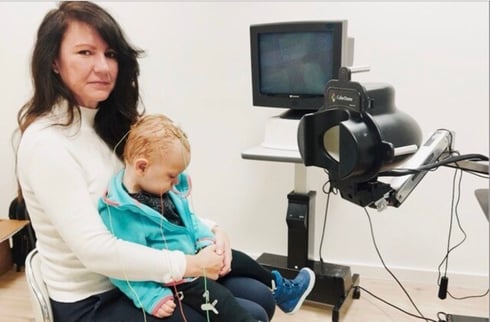 The therapy focuses on activating visual pathways and helping patients improve their ability to interact with their surroundings. It doesn’t promise a cure, but for families like Kristián’s, even small steps forward can mean the world.
The therapy focuses on activating visual pathways and helping patients improve their ability to interact with their surroundings. It doesn’t promise a cure, but for families like Kristián’s, even small steps forward can mean the world.
Big Changes Start Small: The First Treatment
In April 2021, when Kristián was just seven months old, the family traveled to Berlin for his first therapy session. At that time, he showed no signs of visual recognition—no reaction to light, no interest in toys. But after just a few sessions, things started to change. For the first time, Kristián reached for toys placed near him. He began following lights and even laughing at their playful flickers. Crawling became more confident—he stopped bumping into walls and began exploring his environment with more awareness.
“I can’t describe the joy we felt seeing these changes,” Zuzana recalls. “It felt like a light had switched on, not just in his vision, but in his spirit.”
Every Step Forward: Progress Through Therapy
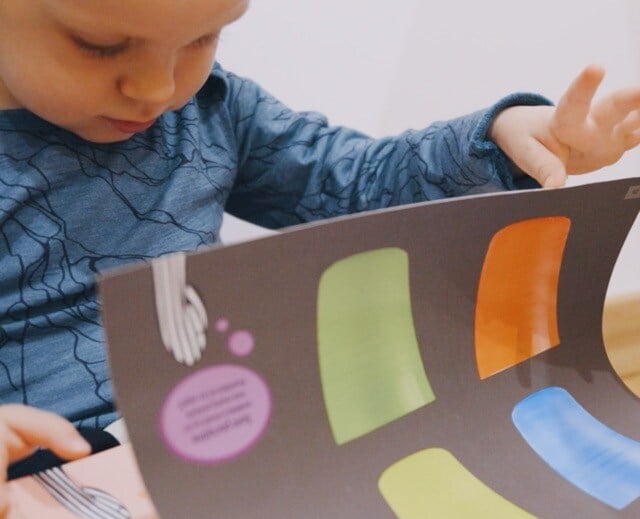
March 2022: Seeing the World Up Close: A year after his first therapy, Kristián returned for another session. This time, the results were even more remarkable. He began focusing on smaller objects, recognizing shapes and colors, and even enjoying picture books. It was also during this period that Kristián achieved a major milestone—he started walking independently. For a family that had once feared blindness, this was a moment of pure triumph.
November 2022: Recognizing the Details: By the time of his third therapy session, Kristián’s vision had improved so much that he could recognize images on flashcards and in books. His ability to focus stabilized, and his once-constant eye movement (nystagmus) calmed significantly. He was now confidently identifying shapes like circles, squares, stars, and houses. His speech development also took off. Kristián started repeating words, forming sentences, and even counting aloud.
Everyday Life: The World Opens Up: Today, Kristián’s life looks very different. He watches TV—standing close to the screen to make out the images—and delights in singing songs and recognizing animals in videos. He confidently walks in unfamiliar spaces, recognizing objects from up to 30 cm away.
“Kristián can now tell us what he sees,” Zuzana shares. “He’ll describe a triangle, an apple, or a house. He loves reciting poems and singing songs he remembers from school or home.”
His ability to adapt is extraordinary. While he sometimes uses touch instead of sight to explore objects, his confidence and independence are growing daily.
At home, his parents encourage him with sensory exercises and games that stimulate his vision, helping him build on the progress he’s made. “We love seeing him light up when he recognizes something new,” Zuzana says.
A Balanced Journey of Progress and Challenges While Kristián has come a long way, there are still challenges. Stairs remain tricky for him, and he sometimes loses focus when drawing. But his family focuses on his incredible achievements rather than his limitations.
One of the biggest supporters of his journey is his low vision therapist in Slovakia, who has validated the effectiveness of the therapy. Regular evaluations have shown measurable improvements, confirming that the therapy has significantly contributed to his development.
Looking Ahead: Hope for the Future In November 2025, Kristián will undergo his fifth therapy session. His family is excited about the possibilities it could bring, especially as he continues to gain confidence and independence in his daily life.
“Every session brings something new—a little more clarity, a little more confidence,” Zuzana says. “We’re hopeful that the next step in this journey will help him see even better and interact more easily with the world around him.”
Understanding Kristián’s Medical Conditions
%20test.jpeg?width=1141&height=1280&name=Child%20participating%20in%20a%20TAC%20(Tactile%20Acuity%20Chart)%20test.jpeg)
Kristián was born with optic nerve and chiasm hypoplasia, a rare congenital condition where the optic nerves are underdeveloped. This affects the transmission of visual signals from the eyes to the brain, resulting in significant visual impairment. In Kristián’s case, it also impacted his ability to focus on objects, recognize shapes and colors, and interact with his surroundings visually.
Additionally, he was diagnosed with abdominal muscle diastasis, a separation of abdominal muscles that can affect posture and strength, and axial hypotonia, which causes reduced muscle tone in the trunk. Together, these conditions presented challenges in both motor and visual development.
While there is no known cure for optic nerve hypoplasia, supportive therapies aim to optimize visual pathways, improve sensory integration, and enhance overall quality of life. For Kristián, these therapies have helped him make remarkable progress in navigating his environment and connecting with the world around him.
A Story of Resilience and Love: Kristián’s journey is more than just a story about therapy—it’s a story about resilience, determination, and the unshakable love of a family that refused to give up.
“We’ve learned to celebrate every little moment,” Zuzana says. “Whether it’s recognizing a picture in a book or navigating a new environment, every achievement is a victory.”
For families facing similar challenges, Kristián’s progress is a beacon of hope, proving that even in the face of uncertainty, there’s always room for growth, discovery, and joy.
As Zuzana puts it, “We don’t know what the future holds, but we know that Kristián has already proven he’s capable of amazing things. And we’ll be there with him every step of the way.”
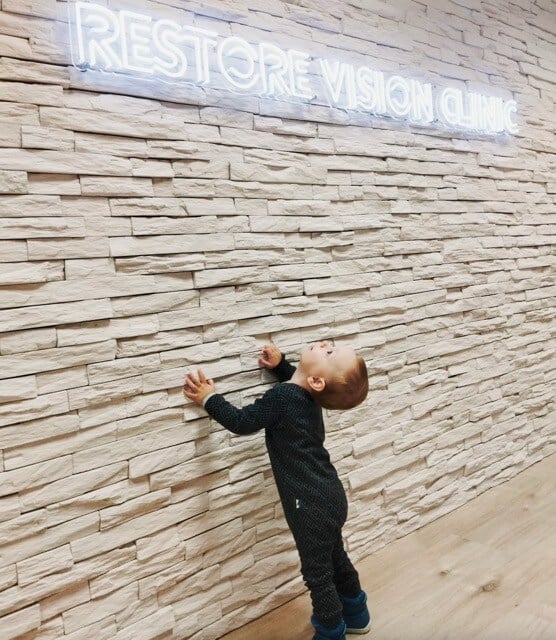
Disclaimer: This blog is intended for informational purposes only and is based on the experiences shared by Kristián’s family. The therapies discussed, including electrical stimulation therapy, are not guaranteed to produce specific results and may not be suitable for all individuals. Fedorov Restoration Therapy is designed to support visual function and is not a replacement for standard medical care. Individual outcomes may vary depending on medical history, age, and other factors. Readers are encouraged to consult with qualified medical professionals at Fedorov Restore Vision Clinic before pursuing any treatment. This blog does not serve as medical advice or an endorsement of any particular therapy.

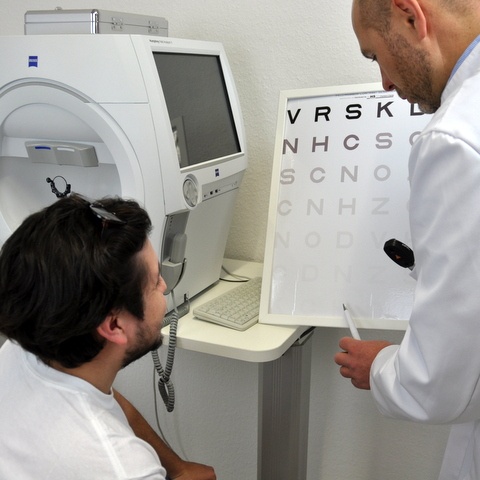

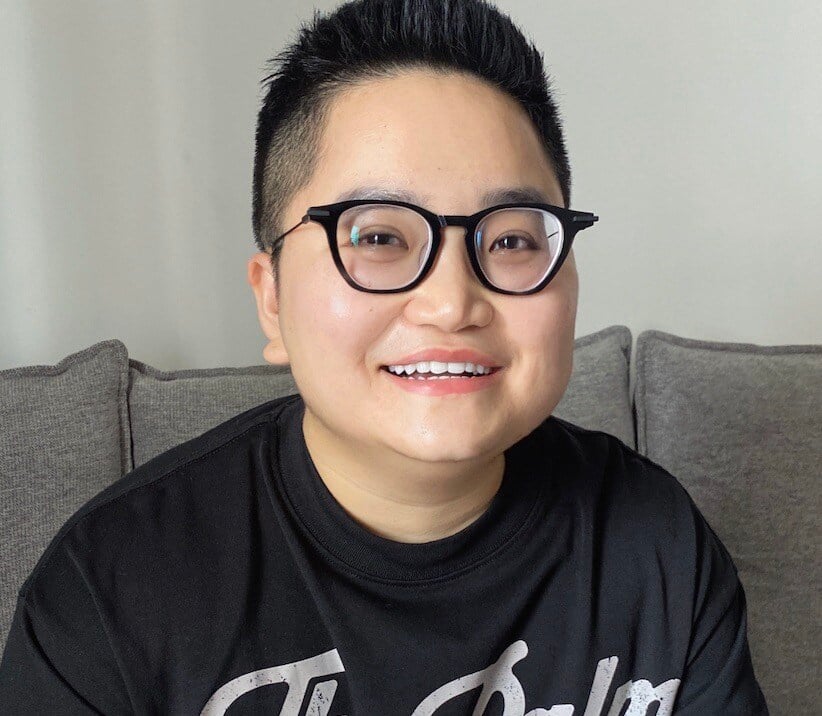
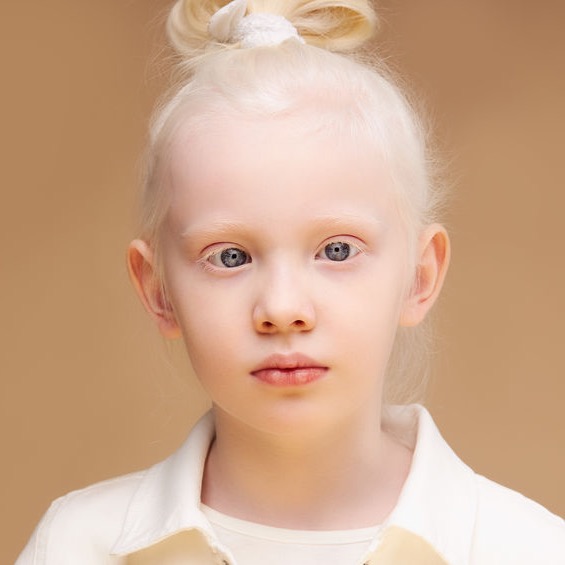
Comments
Currently, there are no comments. Be the first to post one!